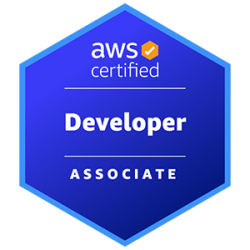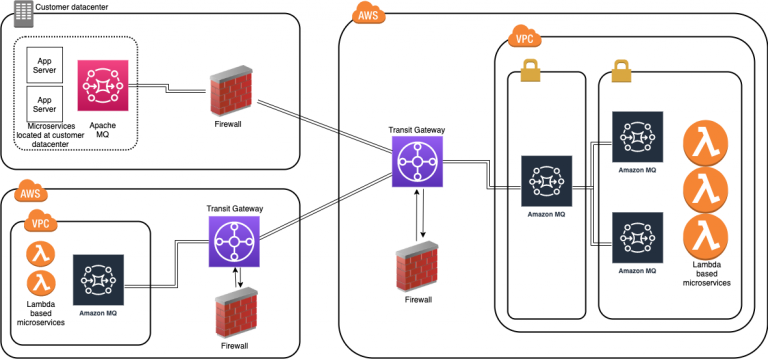Developing Serverless Solutions on AWS

The Developing Serverless Solutions on AWS (SVDVSS) course is designed for participants who want to learn the skills needed to develop serverless applications on Amazon Web Services (AWS). During the course, participants will gain hands-on skills using AWS services such as AWS Lambda, Amazon API Gateway, Amazon S3, Amazon DynamoDB, and more. Additionally, the course covers best practices for developing serverless applications, including dependency management, testing, and monitoring applications. Participants will also learn how to use AWS development tools, including the AWS CLI and AWS SDK, to automate application deployment and simplify management of AWS resources. This course helps prepare for the AWS Certified Developer – Associate certification
Course Objectives
Below is a summary of the main objectives of the Developing Serverless Solutions on AWS (SVDVSS) Course :
- Using AWS Services for Serverless Solutions: Gain hands-on skills using AWS services specific to serverless development, such as AWS Lambda, Amazon API Gateway, Amazon S3, and Amazon DynamoDB.
- Best Practices for Serverless Applications: Cover best practices for developing serverless applications, including dependency management, testing, and application monitoring.
- Using AWS Development Tools: Learn how to use AWS development tools, such as the AWS CLI and AWS SDK, to automate application deployment and simplify management of AWS resources.
- AWS Resource Management: Learn how to effectively manage AWS resources, simplifying and automating where possible to optimize operational efficiency.
- Serverless Application Development and Deployment: Gain practical knowledge on how to develop and deploy serverless applications, understanding the workflow and interactions between the various AWS services used.
- Implementing security measures and compliance controls for serverless applications.
- Monitoring and troubleshooting serverless applications to ensure reliability and performance.
- Designing scalable and resilient serverless architectures to meet application needs.
Course Certification
This course helps you prepare to take the:
AWS Certified Developer – Associate Exam ;
Course Outline
Module 1: Thinking Serverless
- Best practices for building modern serverless applications
- Event-driven design
- AWS services that support event-driven serverless applications
Module 2: API-Driven Development and Synchronous Event Sources
- Characteristics of standard request/response API-based web applications
- How Amazon API Gateway fits into serverless applications
- Try-it-out exercise: Set up an HTTP API endpoint integrated with a Lambda function
- High-level comparison of API types (REST/HTTP, WebSocket, GraphQL)
Module 3: Introduction to Authentication, Authorization, and Access Control
- Authentication vs. Authorization
- Options for authenticating to APIs using API Gateway
- Amazon Cognito in serverless applications
- Amazon Cognito user pools vs. federated identities
Module 4: Serverless Deployment Frameworks
- Overview of imperative vs. declarative programming for infrastructure as code
- Comparison of CloudFormation, AWS CDK, Amplify, and AWS SAM frameworks
- Features of AWS SAM and the AWS SAM CLI for local emulation and testing
Module 5: Using Amazon EventBridge and Amazon SNS to Decouple Components
- Development considerations when using asynchronous event sources
- Features and use cases of Amazon EventBridge
- Try-it-out exercise: Build a custom EventBridge bus and rule
- Comparison of use cases for Amazon Simple Notification Service (Amazon SNS) vs.
- EventBridge
- Try-it-out exercise: Configure an Amazon SNS topic with filtering
Module 6: Event-Driven Development Using Queues and Streams
- Development considerations when using polling event sources to trigger Lambda
- functions
- Distinctions between queues and streams as event sources for Lambda
- Selecting appropriate configurations when using Amazon Simple Queue Service (Amazon
- SQS) or Amazon Kinesis Data Streams as an event source for Lambda
- Try-it-out exercise: Configure an Amazon SQS queue with a dead-letter queue as a
- Lambda event source
- Hands-On Lab 1: Deploying a Simple Serverless Application
- Hands-On Lab 2: Message Fan-Out with Amazon EventBridge
Module 7: Writing Good Lambda Functions
- How the Lambda lifecycle influences your function code
- Best practices for your Lambda functions
- Configuring a function
- Function code, versions and aliases
- Try-it-out exercise: Configure and test a Lambda function
- Lambda error handling
- Handling partial failures with queues and streams
Module 8: Step Functions for Orchestration
- AWS Step Functions in serverless architectures
- Try-it-out exercise: Step Functions states
- The callback pattern
- Standard vs. Express Workflows
- Step Functions direct integrations
- Try-it-out exercise: Troubleshooting a Standard Step Functions workflow
Module 9: Observability and Monitoring
- The three pillars of observability
- Amazon CloudWatch Logs and Logs Insights
- Writing effective log files
- Try-it-out exercise: Interpreting logs
- Using AWS X-Ray for observability
- Try-it-out exercise: Enable X-Ray and interpret X-Ray traces
- CloudWatch metrics and embedded metrics format
- Try-it-out exercise: Metrics and alarms
- Try-it-out exercise: ServiceLens
- Hands-On Lab 3: Workflow Orchestration Using AWS Step Functions
- Hands-On Lab 4: Observability and Monitoring
Module 10: Serverless Application Security
- Security best practices for serverless applications
- Applying security at all layers
- API Gateway and application security
- Lambda and application security
- Protecting data in your serverless data stores
- Auditing and traceability
Module 11: Handling Scale in Serverless Applications
- Scaling considerations for serverless applications
- Using API Gateway to manage scale
- Lambda concurrency scaling
- How different event sources scale with Lambda
Module 12: Automating the Deployment Pipeline
- The importance of CI/CD in serverless applications
- Tools in a serverless pipeline
- AWS SAM features for serverless deployments
- Best practices for automation
- Course wrap-up
- Hands-On Lab 5: Securing Serverless Applications
- Hands-On Lab 6: Serverless CI/CD on AWS
Course Mode
Instructor-Led Remote Live Classroom Training;
Trainers
Trainers are Amazon AWS accredited instructors and certified in other IT technologies, with years of practical experience in the sector and in training.
Lab Topology
For all types of delivery, the participant can access the equipment and actual systems in our laboratories or directly in international data centers remotely, 24/7. Each participant has access to implement various configurations, Thus immediately applying the theory learned. Below are some scenarios drawn from laboratory activities.

Course Details
Course Prerequisites
Attendance at the AWS Cloud Practitioner Essentials Course , and the Developing on AWS Course, is recommended
Course Duration
Intensive duration 3 days;
Course Frequency
Course Duration: 3 days (9.00 to 17.00) - Ask for other types of attendance.
Course Date
- Developing Serverless Solutions on AWS (Formula Intensiva) – On Request – 9:00 – 17:00
Steps to Enroll
Registration takes place by asking to be contacted from the following link, or by contacting the office at the international number +355 45 301 313 or by sending a request to the email info@hadartraining.com


